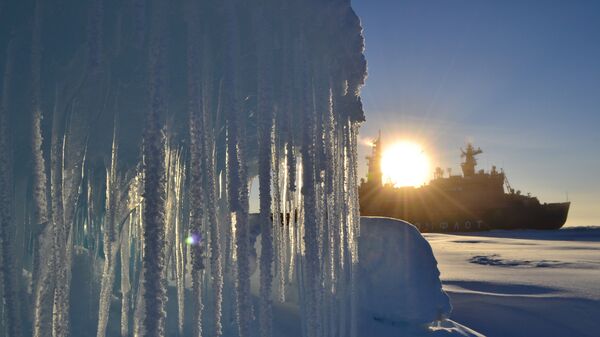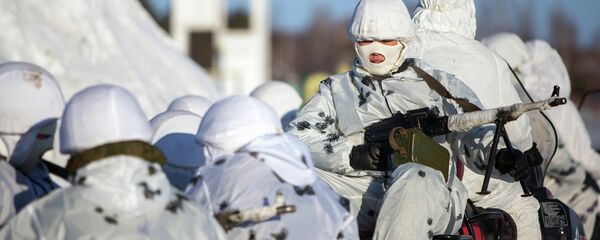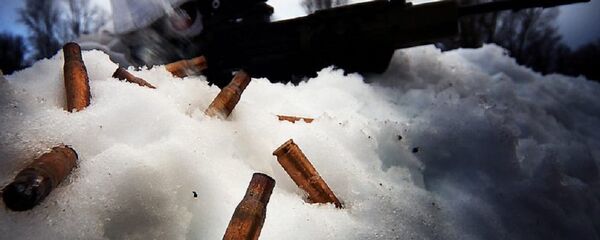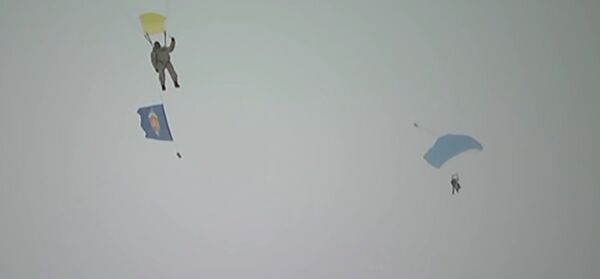Two years ago, Defense Minister Sergey Shoigu presented a plan which aimed to ensure the security of Russia's northern borders. The project envisaged covering Russia's Arctic territories with a network of radar stations and military bases and developing the region's infrastructure.
In fact JSC North has become Russia's fifth military district, located within the Arctic Circle, Russian military expert Leonid Nersisyan writes in his article for Regnum.
"[JSC North] now incorporates the Northern Fleet (that earlier belonged to the Western Military District), the cornerstone of "North's" military might. The Northern Fleet is comprised of Russia's most powerful warships, including the Kirov-class nuclear battlecruiser "Pyotr Velikiy" (Peter the Great), six ballistic missile submarines and other vessels," the expert points out, adding that another Kirov-class battlecruiser, Admiral Nakhimov, is currently under repair.
Moscow's recent developments in the Arctic region are impressive, and signal Russia's long-term strategic pivot to the North Pole.
Russia is building and restoring Severomorsk-1 Airfield on the Kola Peninsula, Nagurskoye Air Base in Franz Josef Land, Rogachevo in Arkhangelsk Region, Tiksi in Yakutia, and Temp Airbases on Kotelny Island.
Furthermore, Russia is carrying out design and survey work aimed at reconstructing Severomorsk-3 Airfield in Murmansk Region, Naryan-Mar in Arkhangelsk Region, Vorkuta in the Komi Republic, Alykel Airfield in Krasnoyarsk Region and Anadyr Ugolny Airport in the Chukotka Autonomous Region.
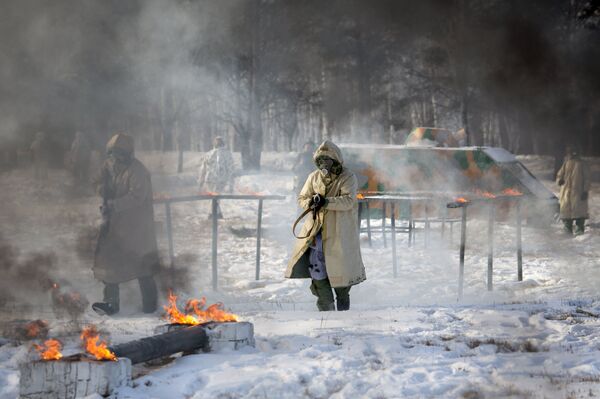
On July 7 Russian Deputy Defense Minister Timur Ivanov told reporters that Russia's general construction work on defense facilities in the region are expected to be completed by the end of 2016.
"General work in Arctic is to be completed by the end of the current year," Ivanov underscored.
Nersisyan calls attention to the fact that the aforementioned airfields are located on the perimeter of the Russian Arctic — from Murmansk to the Bering Strait.
Nersisyan emphasizes that Russia's activity in the region could be explained by the need to protect the rich natural resources of the Russian Arctic, particularly offshore gas and oil fields.
"For instance, Rogachevo and Nagurskoye airfields could serve to ensure the security of [Russia's] infrastructure in the Karsko Sea — it has colossal reserves of oil, which have yet to be extracted," he notes, adding that Norway is currently asserting itself in close proximity to the Russian Arctic.
JSC North includes the maritime, land and air components of the Russian Armed Forces, he remarks.
According to Nersisyan, JSC North is not only aimed at defending the territories of the region: due to the powerful atomic Northern Fleet, the Russian Armed Forces in the Arctic have become integral part of the country's nuclear shield.
Journalist Oleg Polevoy of analysis website PolitRussia.com echoes Nersisyan's stance. The journalist points to the fact that NATO member states — the US, Canada and Norway — are well prepared to conduct military operations in the Arctic region. Moreover, Oslo is deploying a new army unit, consisting of 200 rangers, on the border between Norway and Russia.
In this light, Moscow's activity in the region is completely justified, Polevoy notes, stressing that the Russian military "has no time for relaxation."
"Arctic exercises by NATO countries and their partners have followed one after another," he remarks.
It is worth mentioning that in March 2015 the Russian military force held major drills in the Arctic, seeking to test the country's readiness to counter geopolitical challenges on its northern borders. The exercises involved 110 aircraft, 38,000 soldiers, 41 ships and 15 submarines.
